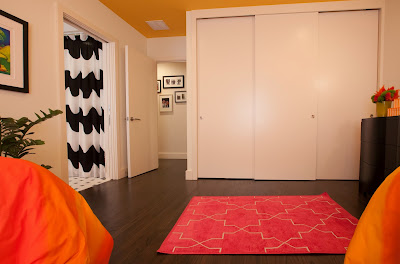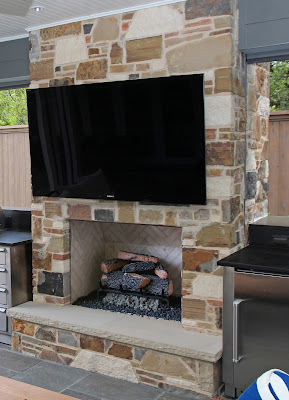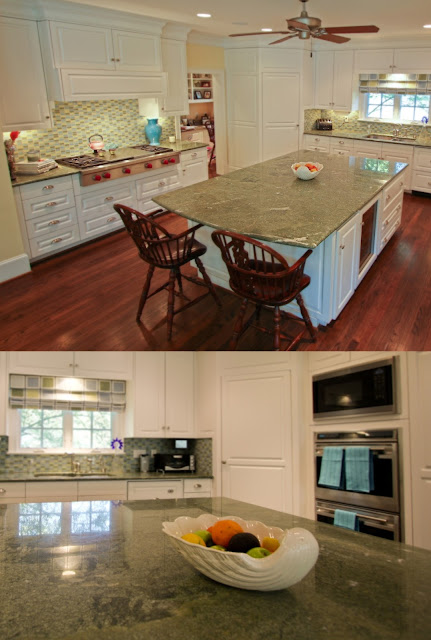Thinking of repainting as part of your next remodel or home update? Comparatively speaking, painting can be one of the less expensive and most impactful ways to update a space. But before you break out the brushes and throw on the overalls, there are some decisions that must be made. The first step is almost always choosing the color. Do you go with a bright yellow, fiery red or serene blue? But once the color scheme of your room is settled upon, there is still one BIG decision to make- exactly where to put that fantastic new hue.
.jpg)
All Walls
Obvious, right? The most common choice is to paint all the walls with your selected color, leaving the ceiling, moldings, and trim a classic white.
This is a great option if you want a dramatic result that can radically change the feel of the entire room. Depending on your color choice, a newly painted space can take your mood to an energized and uplifted high or relax you into a state of utter tranquility. With the right hue surrounding you, it will be easy to enjoy your new space.
Another benefit to this color placement is that architectural moldings and details will really pop in bright white against a bold new color.
Right: Benjamin Moore Winter Lake 2129-50, Eggshell Finish
Feature Wall
.jpg) |
| Custom Blend: SW Chinese Red , P&L Grenedier Red |
 |
| BM Classic Brown 2109-10, Eggshell Finish |
A great way to integrate color, especially one that may be considered too dark or vibrant for an entire room, is by painting just one wall or area. By keeping the remainder of the painted palette relatively neutral, the focal wall will draw your eye in like a giant bulls-eye A focal wall can be utilized to highlight the recurring accent color throughout the space or to introduce a unique color that compliments the other furnishings and fixtures throughout.
Ceiling
 |
| Ceiling: Sherwin Williams Copper Harbor 6634, Walls: SW Posy 6630 |
Another alternative is to feature the color on the ceiling. This option is a great way to add bold colors without totally overwhelming a space. And depending on the color chosen, you can either visually expand the space, or bring it in for more comfort.
"Warm colors tend to advance, and cool colors recede, so if you are looking to visually raise your ceiling height, stick to cooler hues. On the other hand, if you have high ceilings and wish to make them feel lower — for a more intimate vibe — use a warm hue, such as red, orange or yellow." - Houzz Contributor Jennifer Ott
A Blank Canvas
Okay, so you're probably wondering why white walls would even be included in a write up about placement of color. By painting your walls, ceiling, and trim a crisp clean white, you're allowing the other finishes, furnishings and artwork to take center stage and really stand out against a clean backdrop.
Ignoring the technicality that there are about 1,000 shades of 'white' that you could agonize over, and given enough time and concentration, you may even begin to be able to discern the difference between Super White and Ultra White (though I doubt it), white is the perfect choice for a modern and sophisticated feel in any space.
One word of warning- having all white walls, especially with minimal molding and architectural details, requires that you have SUPERB craftsmanship from the tradespeople chosen to execute your pale palette. Because an all white palette is so light reflective, the slightest imperfections in your wall finish will stand out like a giant sore thumbs down. So find someone that's willing to take the time to no only do it, but do it right.
So whether you're looking to add a daring 'statement' color or simply revitalize your space, keep in mind that it's not just which hue you choose, but how you display it that will have a significant impact on the end result.
For more tips on selecting the best paint for your buck, check out this Houzz Article!


.jpg)
.jpg)















